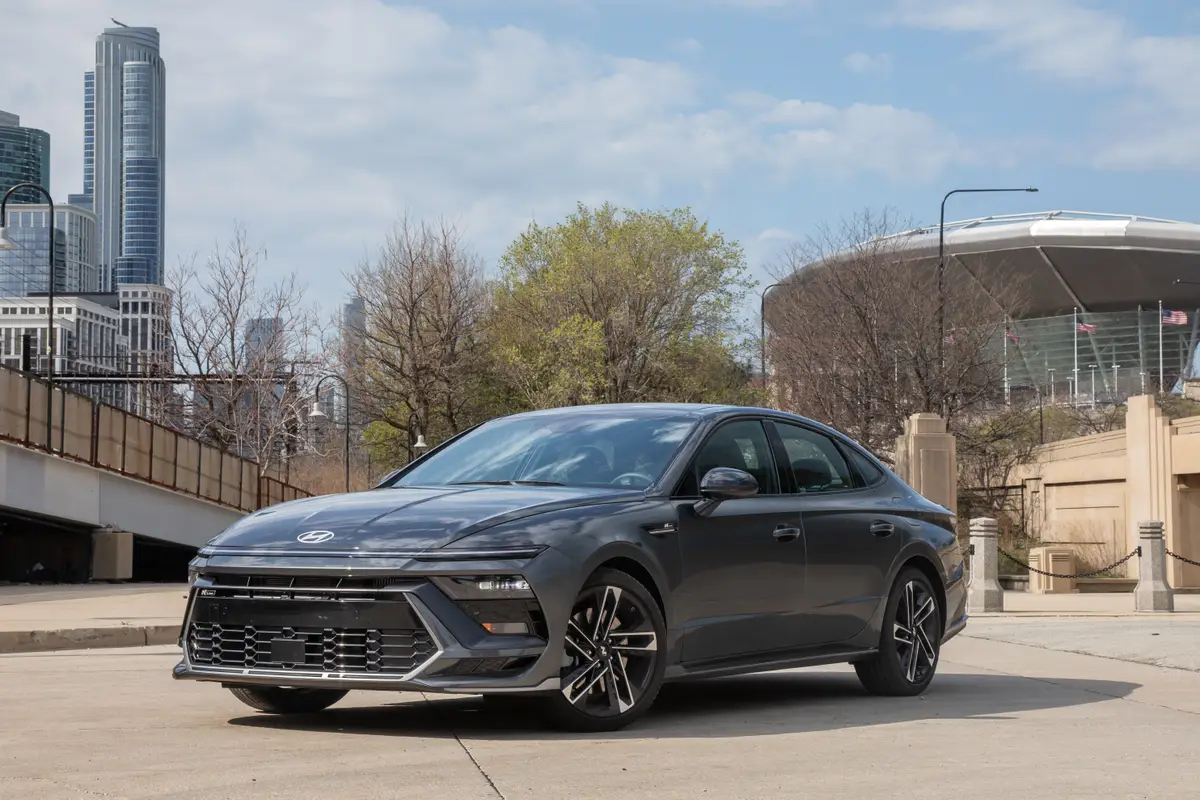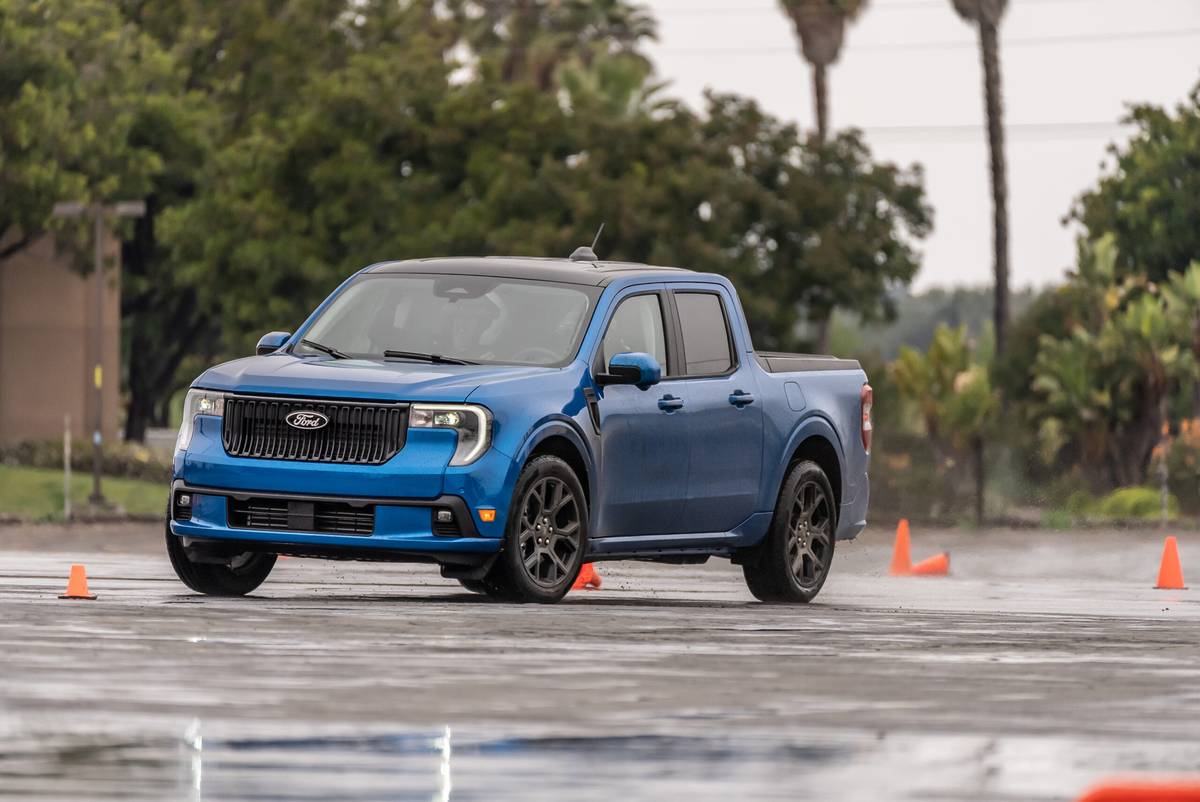Our view: 1998 Jaguar XJR
Jaguar’s splendid new XJ8 is motivated by a 290-horsepower, four-liter V-8 that allows the luxury sedan to sprint from 0 to 60 in 6.9 seconds, and then wind out to 150. Certainly, those kinds of numbers ought to satisfy most folks’ need for speed.
But if you have a real greed for speed, if you want your luxury car to double as a sports sedan from the Klingon spaceship hangar, then Jaguar suggests a supercharged variation on the XJ8 called the XJR.
The 370-horsepower XJR gets from rest to 60 miles an hour in 5.4 seconds. That’s incredible for a two-ton sedan. It’s virtually as quick as the new Corvette, and speedy enough to make Jaguar believe it now builds the fastest-accelerating production sedan in the world.
The top speed, electronically limited to 155, isn’t too shabby either.
As this acceleration arithmetic might suggest, kicking the XJR in its beautiful backside is quite an experience. Even the moments leading up to stoplight liftoff are exciting. It’s sort of like waiting on the launch pad at Cape Canaveral for rocket ignition.
And then there’s the actual leap off the line. Those silver-tongued propagandists at Jaguar call this “a thrilling rush to autobahn velocity.” I would call it excellent therapy for the speed-challenged drivers of old Volvo station wagons.
While the XJR’s engine performance is certainly extraordinary, I really shouldn’t dwell on it so much, because I’m liable to distort your perception of the machine. This isn’t just a fast car. It is a beautifully balanced automobile whose handling and ride comfort are on a par with its power.
Like the standard XJ8 on which it is based, the XJR is a wonderfully cohesive car. Its various driving elements dovetail into a harmonious whole. In this regard, it reminds me of such world-class transit as the BMW 540i, the Mercedes-Benz E420, and the Lexus LS 400.
In addition to being a delightful driver, the XJR scores well in the Baywatch Aptitude Test (BAT). Like the regular XJ8, this is one gorgeous and distinctive car — inside and out.
The test car’s cabin furnished compelling additional evidence that no one can create an interior ambience like the British. The interior of the test car was creatively styled, and featured a wood and leather-covered steering wheel and a memorable mixture of high-quality beige hides and stained bird’s-eye maple veneer.
The XJR is one of four sedans in the new XJ8 range — and the most expensive at $67,400. The others are the standard-wheelbase XJ8 ($54,750), the XJ8 long-wheelbase ($59,750), and the super-luxurious XJ8 Vanden Plas (($63,800).
All of these new XJ8 models are virtually identical, in structure and appearance, to the 1997 XJ6. The differences are mechanical. These sedans have traded in their six-cylinder engines for the new V-8, which debuted in 1996 in the XK8 coupes and roadsters. They also have been fitted with the XK8’s front suspension, and have been treated to rear suspension refinements.
The XJR includes several departures from this standard XJ8 recipe. These include some obvious cosmetic changes — like the mesh grille intended to evoke Jag sporting machines of the ’30s — as well as a battery of performance upgrades.
Because the XJR’s supercharged engine is so much more powerful than the normally aspirated one in the other XJ8 models, the Jag engineers determined that the regular ZF five-speed automatic transmission wouldn’t be strong enough to withstand its considerable torque output (387 foot pounds). So, they substituted a beefier, Mercedes-Benz five-speed automatic.
The XJR was also fitted with a special sport-tuned suspension and higher-performance tires to give it cornering and road adhesion commensurate with its engine power.
The net result of all these tweaks is a blindingly fast, surprisingly agile large sedan that rides well enough to make your mommy happy. I may begin a life of crime in order to afford one.
Latest news

2025 Hyundai Sonata N Line Review: Banish Boring


